International Museum Day, which is observed on 18 May every year, is an occasion when several museums around the world try to spell out the importance of museums in cultural cooperation, exchange, harmony, and enrichment. The theme of 2015 International Museum Day is ‘Museums for a Sustainable Society’. Museums of Jaipur, however, are already creating awareness about nature-friendly lifestyles of our ancestors through simple and complex artefacts.
1. Albert Hall Museum or Government Central Museum
The Albert Hall Museum in Ram Niwas Garden was set up to inspire local craftsmen to create the best art and preserve the techniques. The well-maintained artefacts from different parts of India and abroad are housed in a lovely building designed in Indo-Saracenic architecture style – a fusion of British, Mughal, and Rajput styles.
The museum has at least 15 galleries showcasing arms, coins, furniture, garments, laces, marble art, metal art, musical instruments, pottery, puzzles, and textiles to name a few.
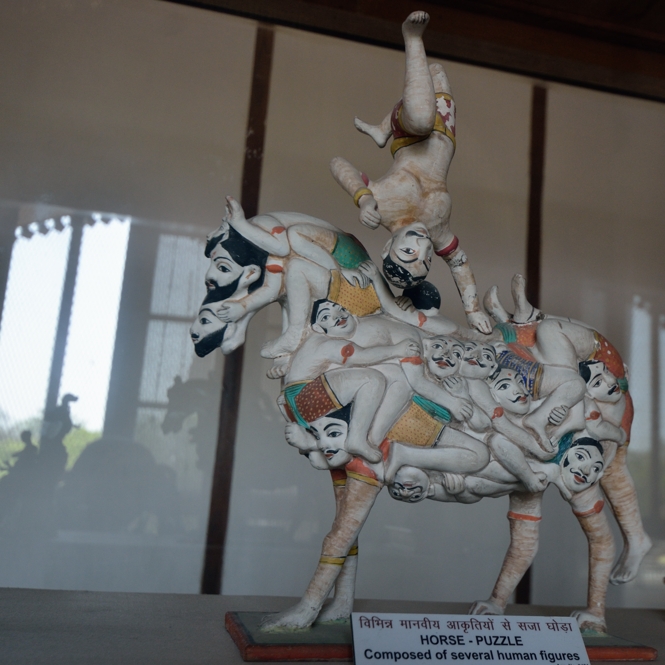
The frescos tell stories about different cultures from around the world. All pillars have unique floral carvings. The metal shields are decorated with fine miniature artwork inspired by the Hindu epics: Mahabharata and Ramayana. Ornate arms and armours also exemplify fine tradition of metal art.
The museum presents more than 2,300-year-old mummy of a priestess from Cairo.
A visit to this squeaky clean museum is affordable. The entry ticket costs just INR 20 per Indian visitor. It is receptive to needs of modern visitors who love to capture anything and everything on their mobiles for consumption in future leisure. Photography is complimentary in the well-lit museum. That’s why it draws huge crowd, especially on weekends and holidays.
2. Maharaja Sawai Man Singh II Museum
This museum near Jantar Mantar has less number of artefacts but more open spaces. Like Albert Hall, the building design has aesthetic appeal. The textile gallery features a 320-pleat skirt anda wedding dress of Maharaja Sawai Pratap Singh. This heavy skirt was worn with a bodice adorned with gota embroidery and beetle wings. There is a charbagh-style (square) shawl consists of four sections of different colours: black, blue, green, and red.
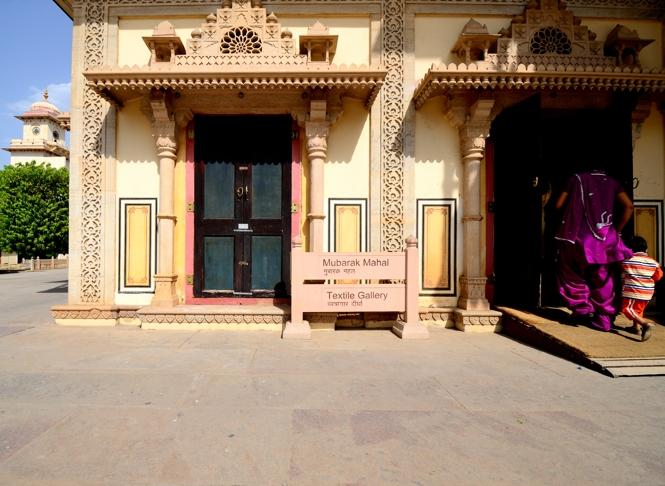
The public meeting hall has paintings and photographs of members of the royal family. The portrait of Maharaja Sawai Ram Singh II, one of pioneer photographers, invited my attention because he is the only bespectacled king in the hall.
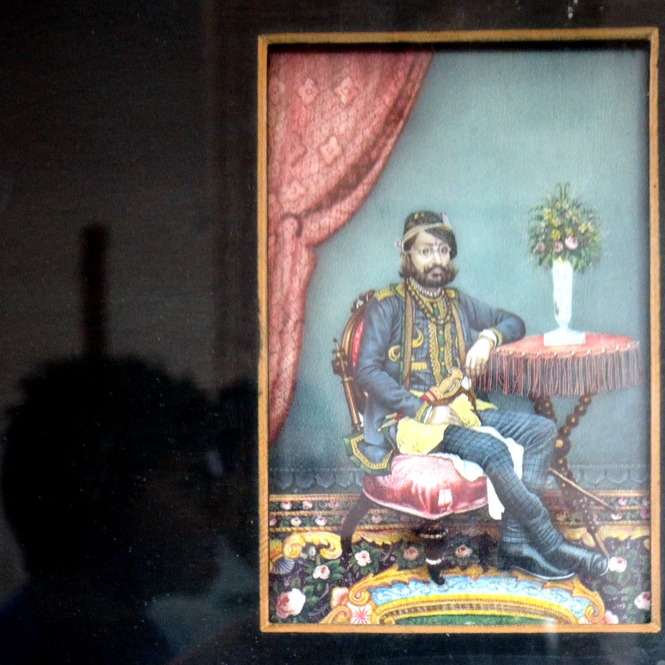
I liked this museum because the visitors are not intently followed by the staff. They are free to explore the artefacts on their own pace unlike in two other private museums – Shree Sanjay Sharma and SRC Indology museums – where the staff never leave you alone. However, the guides tell interesting anecdotes about selected works.
Photography is prohibited in the interiors but exteriors of Maharaja Sawai Man Singh II Museum can be photographed. The entry ticket of INR 100 per Indian visitor includes photography fee. This museum also has an art shop for buying souvenirs.
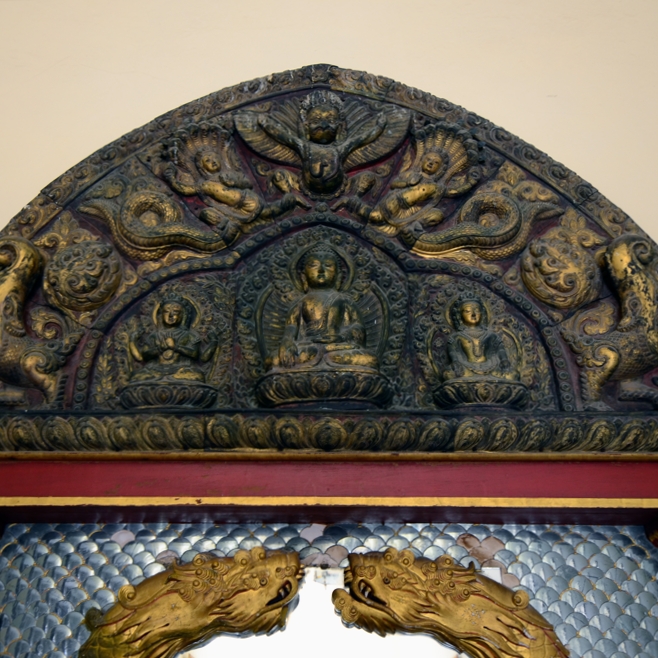
3. Shree Sanjay Sharma Museum
New Shree Sanjay Sharma Museum, a one-person collection, is located opposite famous landmark, Jalmahal. The ground floor is open for public and a floor is being constructed to display Indian traditional games. A café would be built at the second floor that affords views of Jalmahal.
The rooms at the ground floor are a rich repository of glass and paper paintings, textiles, and manuscripts and other artefacts focusing on traditional Indian education system.
The glass painting room houses natural water colour paintings from different art schools of India and some foreign schools. For example, a Chinese painting showcases slaying of a British officer by Jhansi Ki Rani. However, the Indian counterparts did not dare to paint such scenes because they feared the punishment by British who ruled the country.
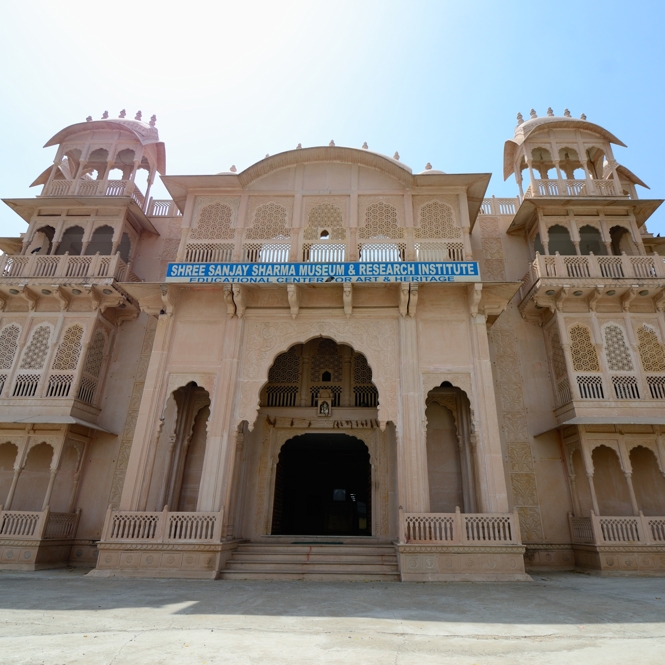
The first exhibit in the paper painting room is a figure of 5-faced Hanuman enhanced with mantras written in Hindi, Persian, and Sanskrit. A version of simple snakes and ladders game shows complex aspects of life. The textile room displays turbans, a costume of an ox, various canopies, and playing cards.
Two rooms feature manuscripts and books of more than 200 subjects, including astrology, astronomy, and palmistry. The objects and puzzles used to teach and train children are also on display.
This is a bright, clean, and spacious museum. However, the “shop style” museum displays many artefacts above the eye level. To enjoy, appreciate, and understand the art, the art should be within eye level. Numerous pictorial stories written with brush are closely placed, thereby confusing and distracting the visitors. There is hardly any white space between two art pieces.
The entry fee for Indian visitor is INR 100. Photography is prohibited.
4. SRC Museum of Indology
The museum, located off Jawahar Lal Nehru Marg, houses a rich art collection by Acharya Ram Charan Sharma Vyakul, a multi-talented artist and philosopher. The 18-section collection comprises folk paintings, fossils, games, manuscripts, religious paintings, tantric art, and much more.
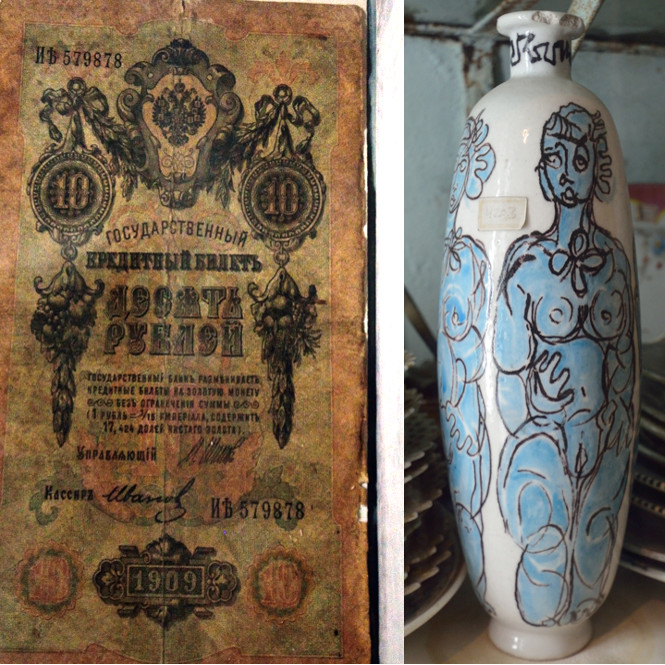
Cultural intelligence and links between old and new are preserved in various exhibits of the museum. However, the museum needs lots of work. Many valuable artefacts jostle for attention in cramped showcases.
For instance, a genuine stone that can be bent without breaking is hidden in one corner of the showcase filled with stones. The copies of the notes of large denominations, 10 billion (German) and 500 million (Chinese), are on display. The original notes are not exhibited for security reasons. Books written with silver and gold ink cannot be missed. Some of the smallest coins resembling dots are also exhibited.
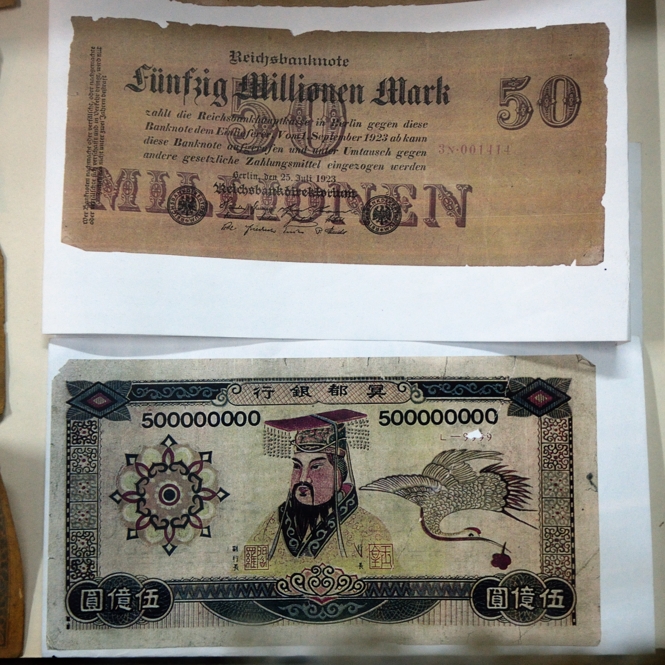
Stamps on famous European paintings are on display in the basement. A 27-cent stamp on SRC Museum, released in America, is also preserved here.
You can visit the museum by appointment (9829159815) only. Photography is prohibited. The entry ticket costs INR 40 per Indian visitor. The trust-run museum has designed a lovely museum complex that will be built near Jalmahal provided it gets financial support.
5. Natural History Museum
Although this small one-room museum in Jaipur Zoo is a neighbour of elegant Albert Hall, the place is completely neglected. The entry fee for museum-cum-zoo is INR 30 per Indian visitor. If you want to photograph, you have to pay INR 100/- extra. But it is not worth the fee.
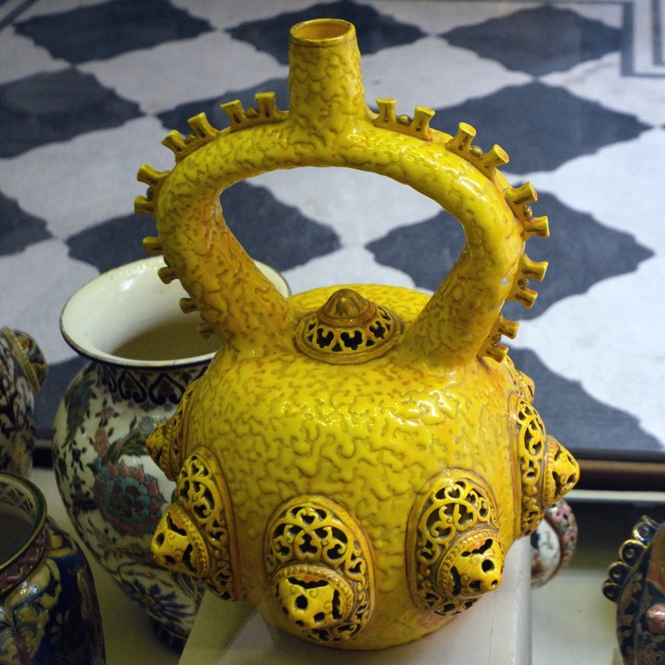
On this museum day, explore the exhibits in the city museums to understand relevance of traditional lifestyle, which was inspired by nature and human wisdom acquired over ages..



